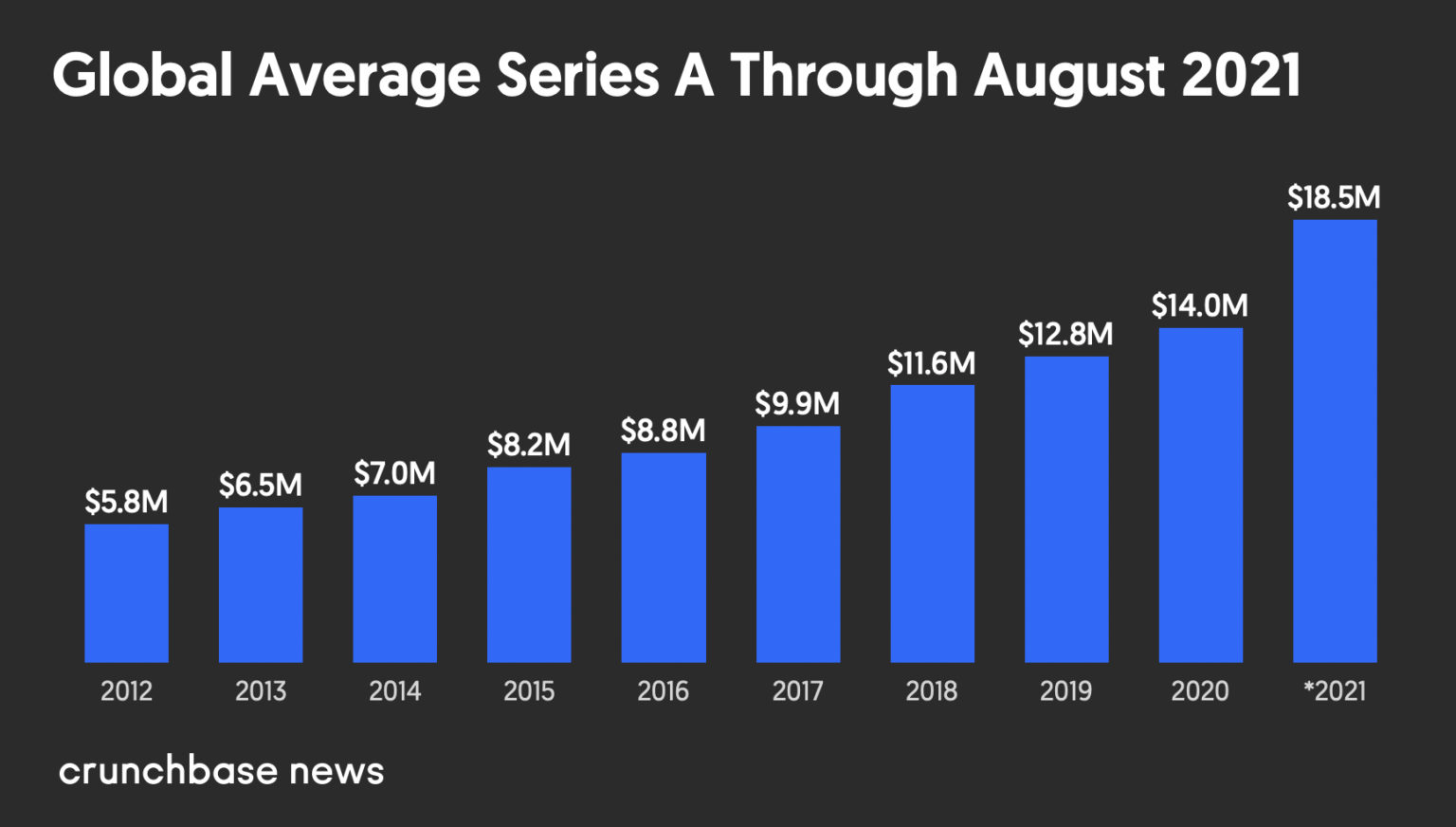So your startup is kicking some butt, huh? We’re delighted to hear it. And evidently, by your Google search (or casual perusal of the Goji Blog), it looks like you want to understand what is Series-A Funding and how to prepare for your Series-A.
We’ve already covered the Pre-Seed and Seed funding background and steps. But we’re graduating today to Series-A. Very exciting. Let’s get into it.
TLDR; Contents
What is Series-A Funding?
Generally, there are several funding stages for startups, between founding and exit (IPO or acquisition.) Startups often (but don’t always ) begin with a small Pre-Seed or Seed round (from Angel investors, family and friends, crowd-funding, etc.)
From there, they then go into Series-A, Series-B, and so on. In exchange for equity, these financing rounds are generally much larger and come from venture capital (VC) and private equity (PE) firms.
Or, less commonly (but growing in frequency), some startups are raising their Series A from equity crowdfunding if they aren’t able to receive funding the traditional route (only 30% of founders who raised Seed rounds will raise Series-A rounds.)
These days, Series-A funding—usually ranging between $2M to $15M—is trending on the upper-end because of high tech industry valuations. So, the average Series-A in 2021 was around $22M.

So when does Series-A funding happen? Generally, once a startup has some track record of success. It could be an established user base, consistent revenue, or other KPIs that trend in a positive direction.
Basically—evidence of product-market fit or demand for your product or service. But what’s most necessary here is a demonstratively viable business model. You want a monetization strategy for turning future, long-term profits, and sustained growth potential. When that happens, a company may decide to go for Series-A funding.
The Series-A round allows companies to heavily blossom (in their relatively early stages.) That means investing in development, optimizing its offerings or user base, and scaling into different markets. It also means expansion plans: investing in hiring (expanding R&D or growth teams) and purchasing inventory, equipment, and space.
How to Prepare for Series-A Funding
Have the prerequisites for Series-A Funding
There are a few prerequisites you should consider before you begin pitching. They include:
- (Be on track to) generate annual (net) revenue of at least $1M.
- (Be on track to) grow 3X YOY on KPIs such as bookings or net revenue.
- Have good Unit Economics, such as Customer Acquisition Costs (CAC) vs. Customer Lifetime Value (CLTV) or CAC vs. net revenue per booking. You want to demonstrate sustainable growth.
- Be able to solidly defend your defined market size (TAM vs. SAM vs. SOM) with excellent research, sources, and calculations.
- Be able to provide a reasonable explanation for your requested Series-A funding amount with a monthly financial plan for the next 18-24 months. You should be raising the minimum amount you’ll need to hit Series-B, which is generally 3x-5x of your current burn rate.
Research to find the right investors
You should create a longlist (50) and shortlist (25) of investors you want to pitch. Additionally, you should rank them by the price you’d think the investor is willing to pay, the reputation of the investor, and the time you think it’ll take to get to close the Series-A funding round with them.
From there, you should begin trying to build relationships with these investors with warm introductions. By doing so, you’ll be able to start getting a feel for which will be a good fit—as you undoubtedly dazzle them with your potential.
Craft your narrative and then your pitch deck
To prepare for your Series-A funding pitch deck, you should compile a rough list of highly compelling (and well-founded) selling points on why you should get the investment. And from there, you can begin perfecting your pitch deck story and content (no more than 20 slides.) Moreover, leave its design for the end—and possibly to a professional.
Your pitch deck should begin with:
- A summary: a short, one-slide summation of your company: your elevator pitch, some basic history of funding and headcount, number of customers and revenue, and how much you’re looking to raise.
- The problem: what problem is your product or service solving, who has that problem, and how are they solving it now? More importantly, how does your solution benefit those people and improve how they do things today? Demonstrate the urgency of your customers’ painpoints.
- Your solution: or basically, how your product solves the problem at hand. This includes key capabilities and, ideally, a live demo. And make sure to highlight any business benefits your product poses to customers—be they saving time, money, or increasing revenue.
- The customers and business you already have: demonstrate the opportunity and how you’ve already tapped into it. So, use the astounding KPIs you already have, case studies, and customer testimonials.
From there, you should show your market analysis to prove the business opportunity and competitive analysis to show you’ve considered the competitive landscape. Additionally, you’ll want to present your high-growth-potential, revenue-generating business model, your team, your financial plan.
Finally, you should talk about your requested Series-A funding amount (based on your financial plan), commitments from any other funding sources, and your timeline for closing the round.
Perfect your pitch
Practice, practice, practice. So, practice with friends. And, definitely, practice with any advisors you may have. Practice with your mom if you think that’ll be constructive. Hone your pitch to perfection.
You can do this.
Well, this was a lot. We know.
Coincidentally, hi, we’re Goji Labs—a product and software development consultancy with experience in designing, “rescuing,” and deploying hundreds of products.
Looking to develop a new app or revamp an existing one? Need some product strategy or mobile app and software development help?
Have any general questions about who we are and our authority on the subject?
Reach us at GojiLabs.com or drop us a line.
– Goji Labs




